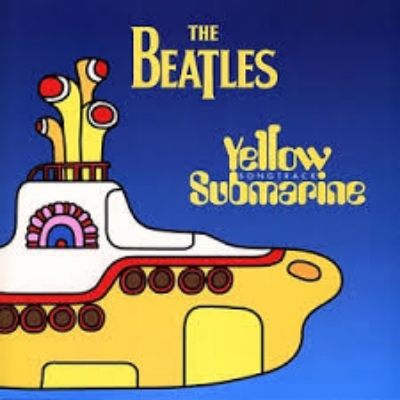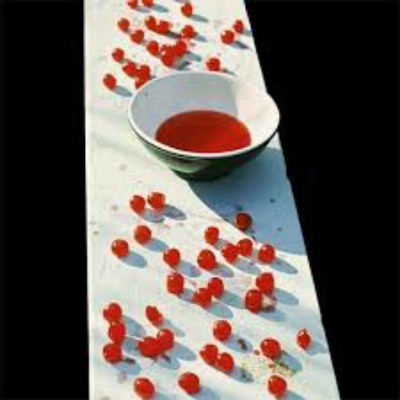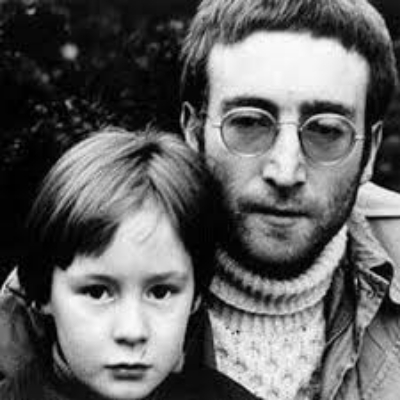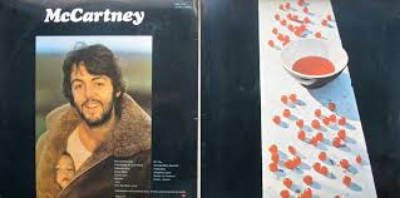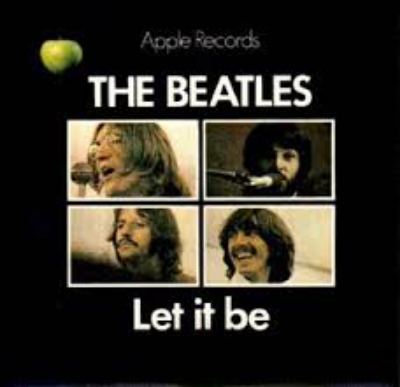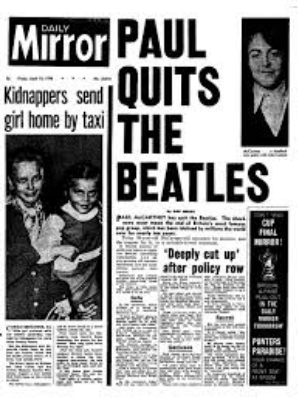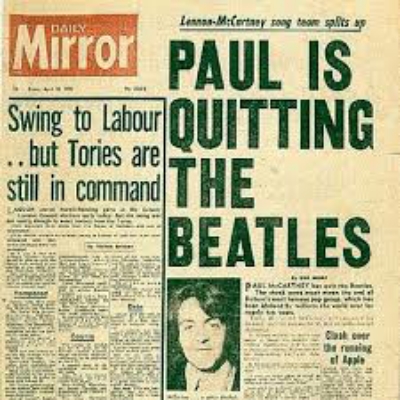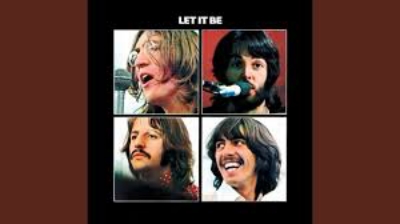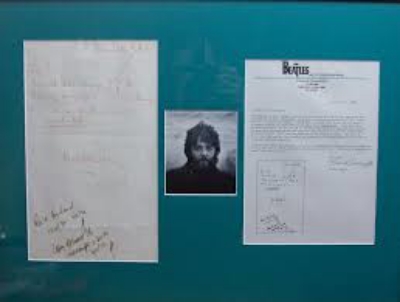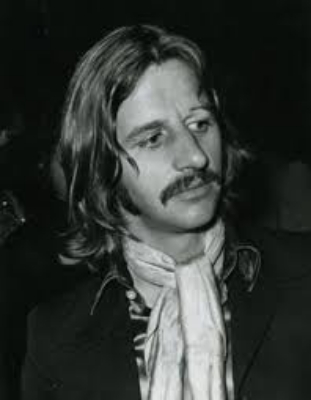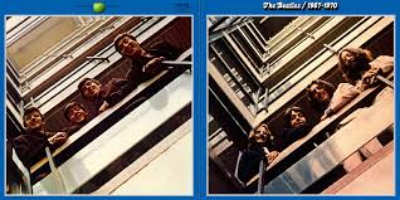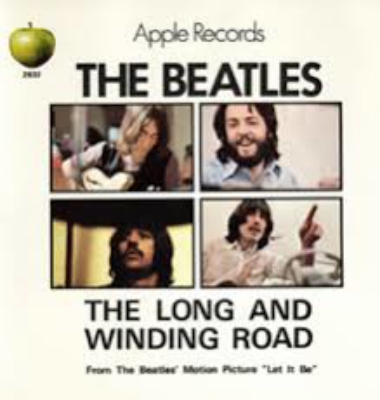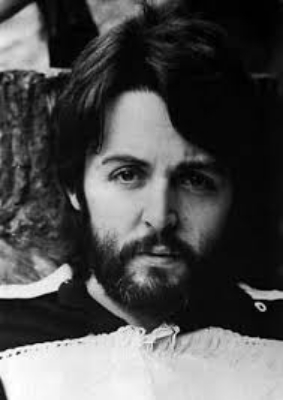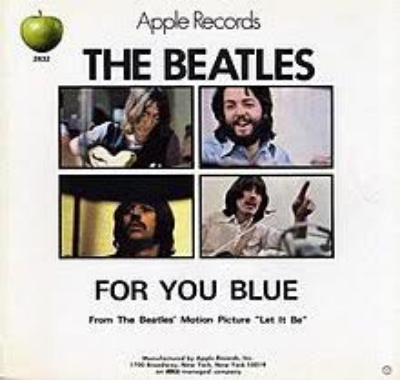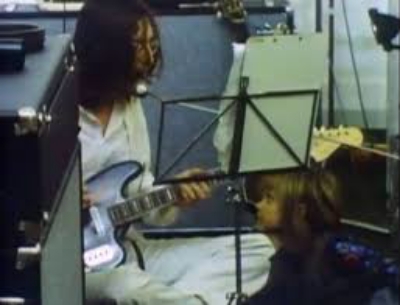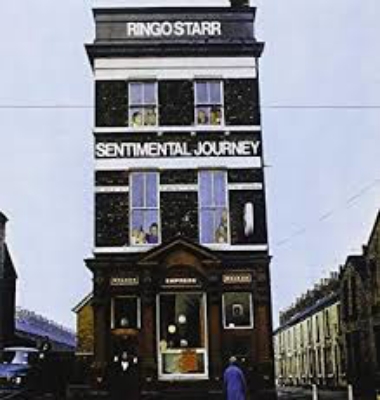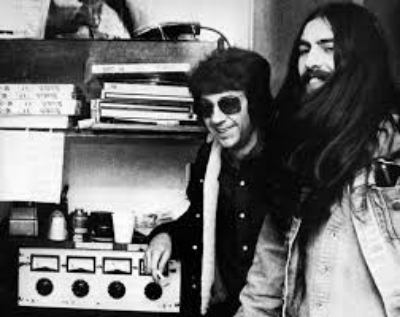This printed interview appeared on April 9th 1970 as a press release in advance promotional copies of Paul McCartney's first solo album entitled 'McCartney.'
There have long been misconceptions that Paul had written the questions himself. Paul told the Canadian magazine 'Musical Express' in 1982, "That's one thing that really got misunderstood. I had talked to Peter Brown from Apple and asked him what we were going to do about press on the album. I said, 'I really don't feel like doing it, to tell you the truth,' but he told me that we needed to have something. He said, 'I'll give you some questions and you just write out your answers. We'll put it out as a press release.' Well of course, the way it came out looked like it was specially engineered by me." This was also confirmed in Peter Brown's book 'The Love You Make.'
In the press release interview, Paul answers questions about the future of the Beatles, concerns about the Beatles' new management, as well as questions about the writing and recording of his first solo album.
Paul is asked if the release of the 'McCartney' LP is a rest away from the Beatles or the start of a solo career, to which he replies that it is both. But when asked if he is planning a new album or single with the Beatles he answers in the negative. When questioned if he forsees a time when Lennon and McCartney will become an active songwriting partnership again, he answers directly and simply, "No." Is his break with the Beatles temporary or permanent? Paul's responds that he does not know. When asked the reason for his break with the group, Paul lists: "Personal differences, business differences, musical differences, but most of all because I have a better time with my family."
While John Lennon had privately left the Beatles months earlier, it was from this interview that the story of a Beatles' split spread instantly as news headlines around the world. On April 10th, the Daily Mirror ran a front-page story with the bold print headline, 'PAUL IS QUITTING THE BEATLES,' while CBS News in America declared, "The Beatles are breaking up."
The 'McCartney' album would be officially released to the public in the UK on April 17th 1970, just nine days following the release of what would be the Beatles final LP, "Let It Be'.
- Jay Spangler, www.beatlesinterviews.org
Q: "Why did you decide to make a solo album?"
PAUL: "Because I got a Studer four-track recording machine at home - practiced on it (playing all instruments) - liked the results, and decided to make it into an album."
Q: "Were you influenced by John's adventures with the Plastic Ono Band, and Ringo's solo LP?"
PAUL: "Sort of, but not really."
Q: "Are all songs by Paul McCartney alone?"
PAUL: "Yes sir."
Q: "Will they be so credited: McCartney?"
PAUL: "It's a bit daft for them to be Lennon/McCartney credited, so 'McCartney' it is."
Q: "Did you enjoy working as a solo?"
PAUL: "Very much. I only had me to ask for a decision, and I agreed with me. Remember Linda's on it too, so it's really a double act."
Q: "What is Linda's contribution?"
PAUL: "Strictly speaking she harmonizes, but of course it's more than that because she's a shoulder to lean on, a second opinion, and a photographer of renown. More than all this, she believes in me - constantly."
Q: "Where was the album recorded?"
PAUL: "At home, at EMI (no. 2 studio) and at Morgan Studios (WILLESDEN!)"
Q: "What is your home equipment (in some detail)?"
PAUL: "Studer four-track machine. I only had, however, one mike, and as Mr. Pender, Mr. Sweatenham and others only managed to take 6 months or so (slight delay) I worked without VU meters or a mixer, which meant that everything had to be listened to first (for distortion etc...) then recorded. So the answer - Studer, one mike, and nerve."
Q: "Why did you choose to work in the studios you chose?"
PAUL: "They were available. EMI is technically very good and Morgan is cozy."
Q: "The album was not known about until it was nearly completed. Was this deliberate?"
PAUL: "Yes, because normally an album is old before it even comes out. (A side) Witness 'Get Back.'"
Q: "Why?"
PAUL: "I've always wanted to buy a Beatles album like people do and be as surprised as they must be. So this was the next best thing. Linda and I are the only two who will be sick of it by the release date. We love it really."
Q: "Are you able to describe the texture or the feel of the album in a few words?"
PAUL: "Home, family, love."
Q: "How long did it take to complete?"
PAUL: "From just before (I think) Xmas, until now. 'The Lovely Linda' was the first thing I recorded at home, and was originally to test the equipment. That was around Xmas."
Q: "Assuming all the songs are new to the public, how new are they to you? Are they recent"
PAUL: "One was from 1959 (Hot As Sun). Two are from India - 'Junk' and 'Teddy Boy,' and the rest are pretty recent. 'Valentine Day,' 'Momma Miss America' and 'Oo You' were ad-libbed on the spot."
Q: "Which instruments have you played on the album?"
PAUL: "Bass, drums, acoustic guitar, lead guitar, piano and organ-mellotron, toy xylophone, bow and arrow."
Q: "Have you played all these instruments on earlier recordings?"
PAUL: "Yes, drums being the one that I normally wouldn't do."
Q: "Why did you do all the instruments yourself?"
PAUL: "I think I'm pretty good."
Q: "Will Linda be heard on all future records?"
PAUL: "Could be. We love singing together and have plenty of opportunity for practice."
Q: "Will Paul and Linda become a John and Yoko?"
PAUL: "No, they will become Paul and Linda."
Q: "What has recording alone taught you?"
PAUL: "That to make your own decisions about what you do is easy, and playing with yourself is very difficult, but satisfying."
Q: "Who has done the artwork?"
PAUL: "Linda has taken all the photos, and she and I designed the package."
Q: "Is it true that neither Allen Klein nor ABKCO have been nor will be in any way involved with the production, manufacturing, distribution or promotion of this new album?"
PAUL: "Not if I can help it."
Q: "Did you miss the other Beatles and George Martin? Was there a moment when you thought, 'I wish Ringo were here for this break?'"
PAUL: "No."
Q: "Assuming this is a very big hit album, will you do another?"
PAUL: "Even if it isn't, I will continue to do what I want, when I want to."
Q: "Are you planning a new album or single with the Beatles?"
PAUL: "No."
Q: "Is this album a rest away from the Beatles or the start of a solo career?"
PAUL: "Time will tell. Being a solo album means it's 'the start of a solo career...' and not being done with the Beatles means it's just a rest. So it's both."
Q: "Is your break with the Beatles temporary or permanent, due to personal differences or musical ones?"
PAUL: "Personal differences, business differences, musical differences, but most of all because I have a better time with my family. Temporary or permanent? I don't really know."
Q: "Do you foresee a time when Lennon-McCartney becomes an active songwriting partnership again?"
PAUL: "No."
Q: "What do you feel about John's peace effort? The Plastic Ono Band? Giving back the MBE? Yoko's influence? Yoko?"
PAUL: "I love John, and respect what he does - it doesn't really give me any pleasure."
Q: "Were any of the songs on the album originally written with the Beatles in mind?"
PAUL: "The older ones were. 'Junk' was intended for 'Abbey Road,' but something happened. 'Teddy Boy' was for 'Get Back,' but something happened."
Q: "Were you pleased with 'Abbey Road'? Was it musically restricting?"
PAUL: "It was a good album. (number one for a long time.)"
Q: "What is your relationship with Klein?"
PAUL: "It isn't. I am not in contact with him, and he does not represent me in ANY way."
Q: "What is your relationship with Apple?"
PAUL: "It is the office of a company which I part own with the other three Beatles. I don't go there because I don't like offices or business, especially when I am on holiday."
Q: "Have you any plans to set up an independent production company?"
PAUL: "McCartney Productions."
Q: "What sort of music has influenced you on this album?"
PAUL: "Light and loose."
Q: "Are you writing more prolifically now? Or less so?"
PAUL: "About the same. I have a queue waiting to be recorded."
Q: "What are your plans now? A holiday? A musical? A movie? Retirement?"
PAUL: "My only plan is to grow up!"
Source: Transcribed by www.beatlesinterviews.org from the reprinted interview in The New Musical Express - issue # 1214



